September 28, 2025
SEASON PREMIERE: How Can I Help?

The journey we make from plant passion to holistic connections is the most important one we make as gardeners. And to help us on our way is Doug Tallamy, professor, entomologist, ecologist, author and founder of Homegrown National Park.
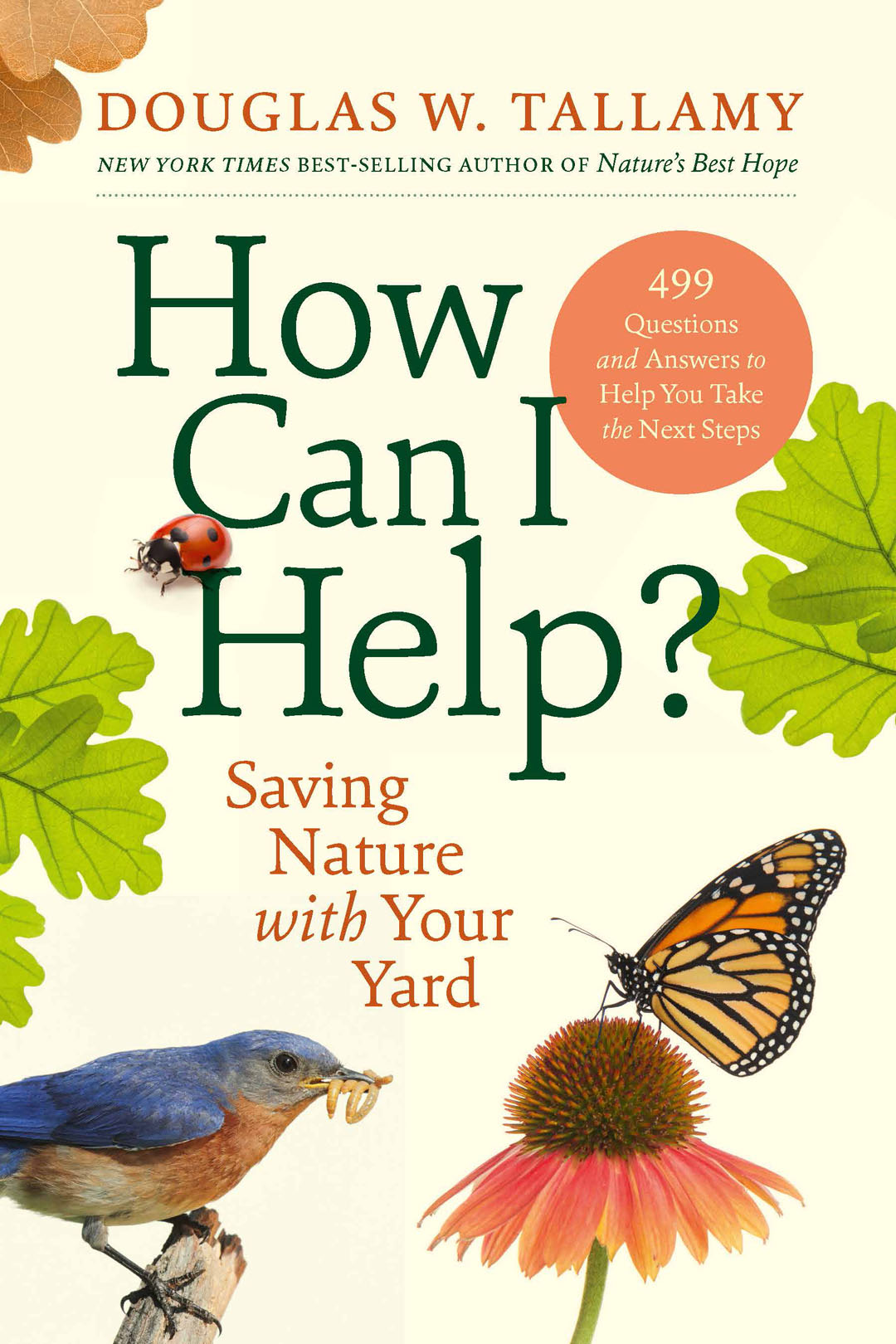
His latest book, How Can I Help?, compiles 499 of our most-asked questions that promise to guide us as we plan, plant, and steward our gardens.

Host John Hart Asher and I were honored to meet with him via Zoom. One question we asked: What’s the best way to start a habitat garden?
“Slowly, so that it doesn’t feel overwhelming. This is a process. The most important part of that process is recognizing that it’s important and changing the goals of your landscape,” he said. “Maybe you’re going to add a pollinator garden, a pocket prairie, but make these decisions carefully, and, you know, I’ll give a talk and I hear people say, ‘I’m going to rip out all my lawn.’ Don’t do that, then you’ve got this giant blank space and a lot of work ahead of you. Just pick at it.”
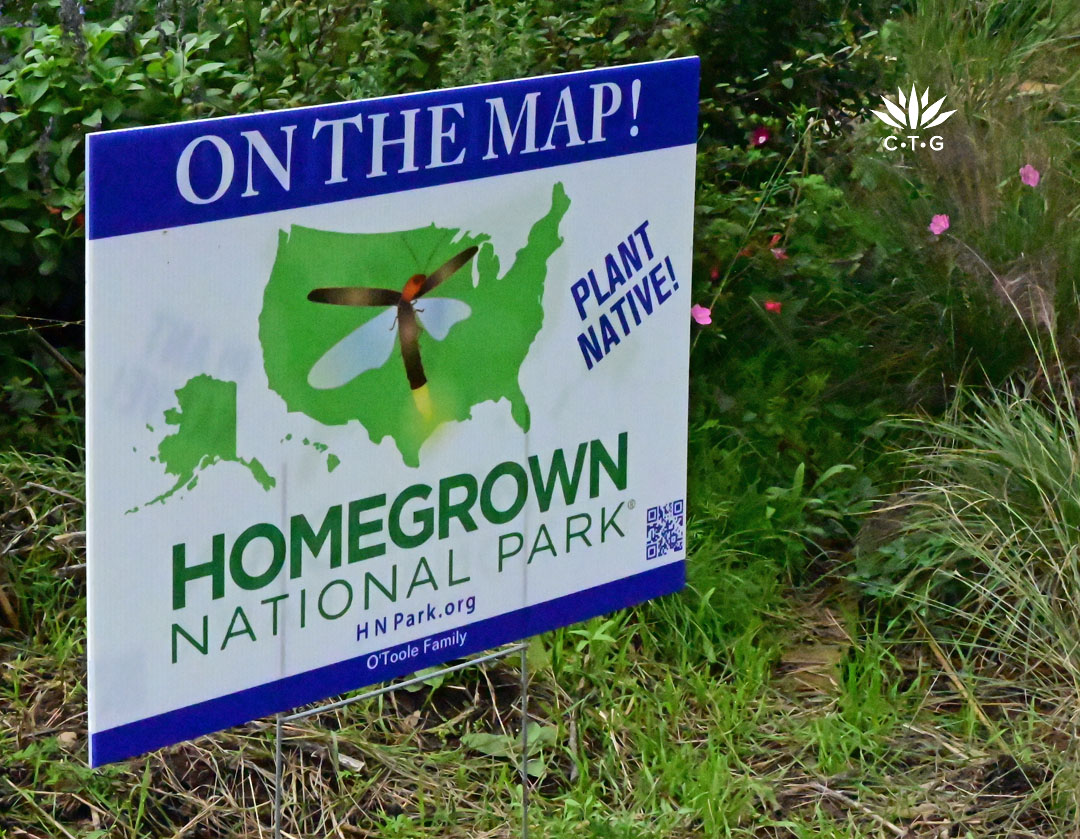
Here’s how to register your garden with Homegrown National Park, a project that links our wildlife habitats in a nationwide community.

October and November is wildflower planting time, so CTG popped over to the Wildflower Center for pro tips with Horticulture Educator Andrea DeLong-Amaya.
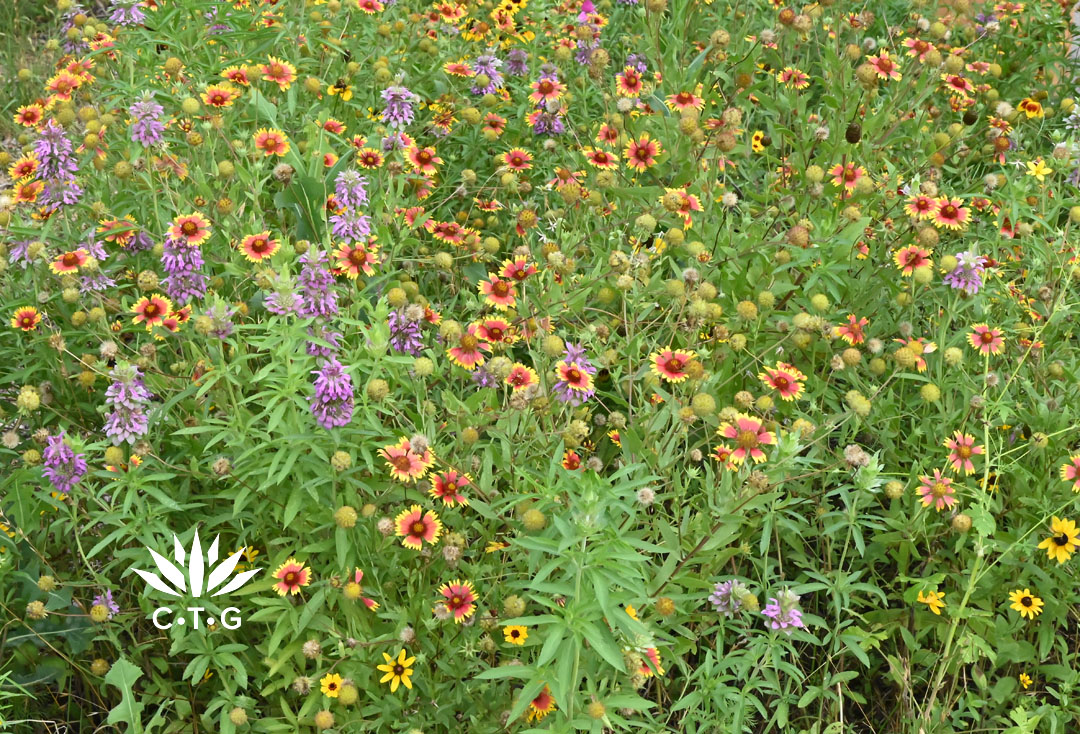
Three big takeaways
1. Seed to soil contact is essential.
2. Many seeds are very tiny, so don’t bury them.
3. Keep the soil moist until seeds germinate. Then, keep the seedlings watered. This winter is expected to be warmer than usual and dry. If our annual plants die in the heat, they won’t come back.
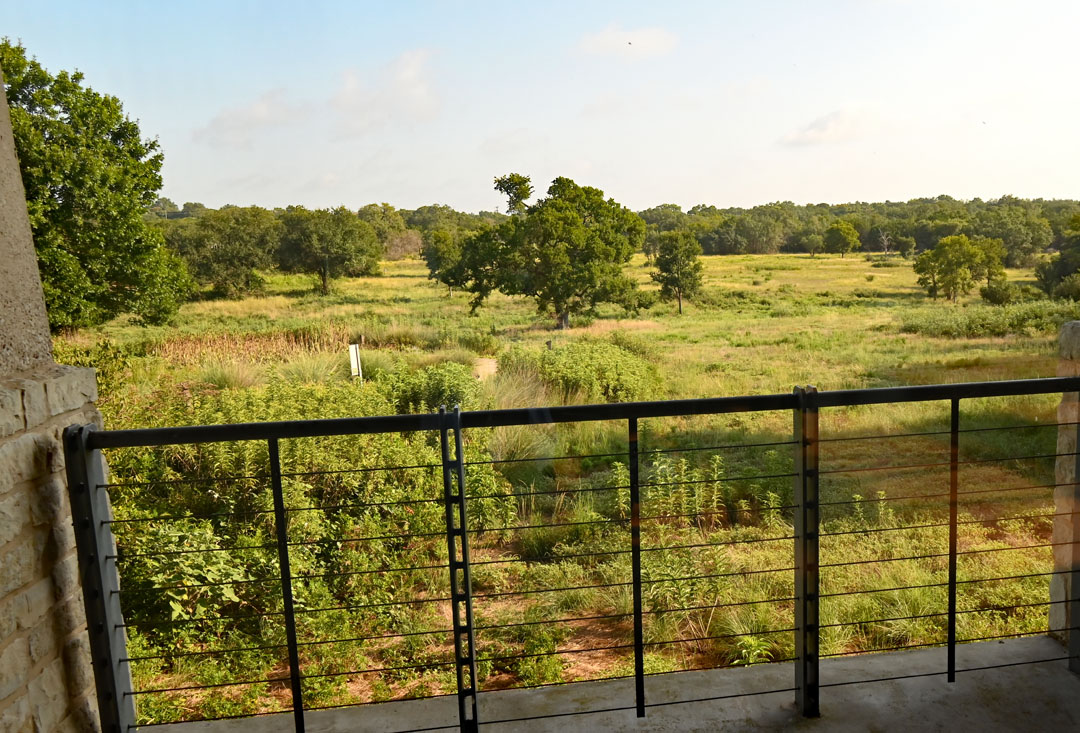
In 2009, the Texas Legislature designated the third week of October as Texas Native Plant Week (October 19–25 this year). And just in time, the Wildflower Center holds its Fall Native Plant Sale September 26–October 26 (Fridays are members only).

And grab a copy of Andrea’s new book, The Texas Native Plant Primer: 225 Plants for an Earth-Friendly Garden, to help make your choices. Every page engages us from her heart and hands-on experience with cultivation, historic use, recipes, and wildlife benefits. Watch our interview with Andrea.

Architects Richie and Nkiru Gelles applied muscle, imagination, and patience to turn their bare backyard into a lively habitat. When they bought the house in 2017, the yard was a rather overgrown jungle. “Each year we would reconquer a certain section of our garden and then suddenly, okay, we’re cultivating this now,” Richie told us when we stopped by in May.
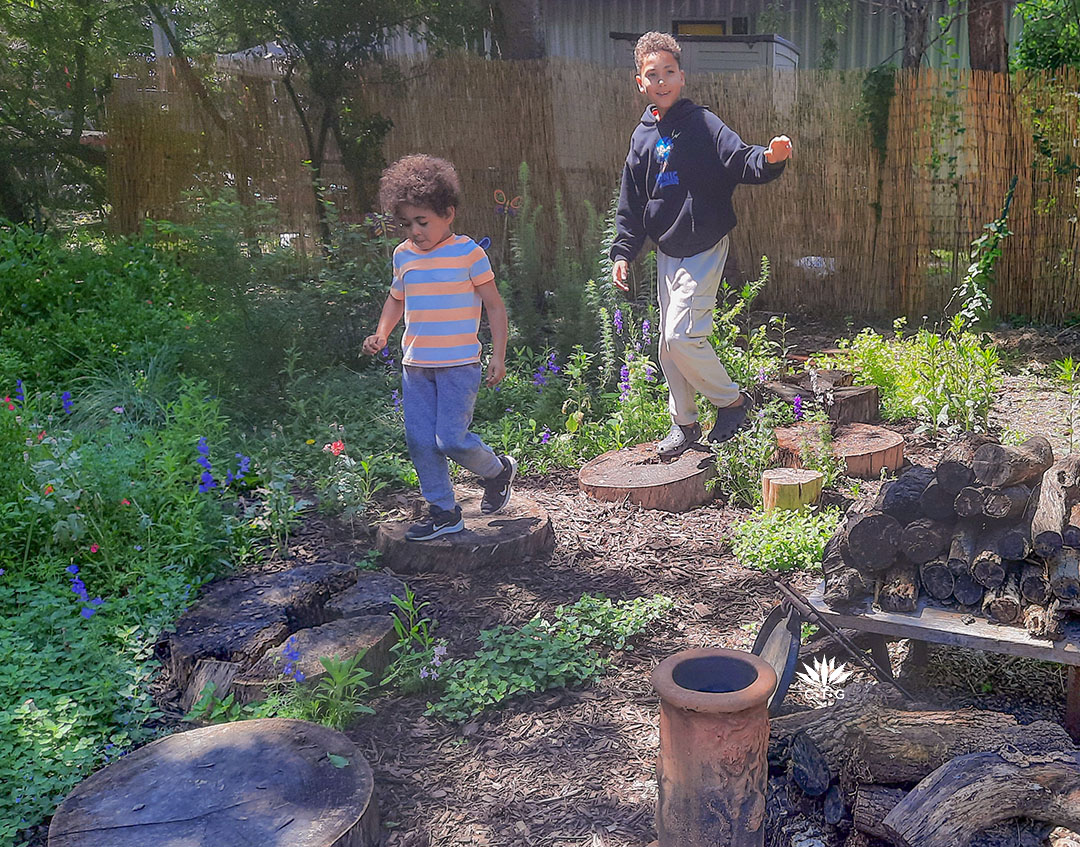
On a typical day, their young sons spot lizards, admire butterflies on native plants, and grab a snack from seasonal herbs and vegetables.

Daphne Richards joined our team on September 21, 2009. As horticulturist for Texas A&M AgriLife Extension–Travis County, she answers our viewers’ questions based on the science behind common concerns and observations.
Even since 2009, we’ve all seen a lot of changes. This week, she tells us: “In the years that I’ve been on CTG, one thing stands out: the number of gardeners who now choose plants that support wildlife. Yes, everyone still wants plants that are pretty, and most still have a color scheme in mind, too. But rather than just choosing for looks, they’re looking to bring wildlife up close.”
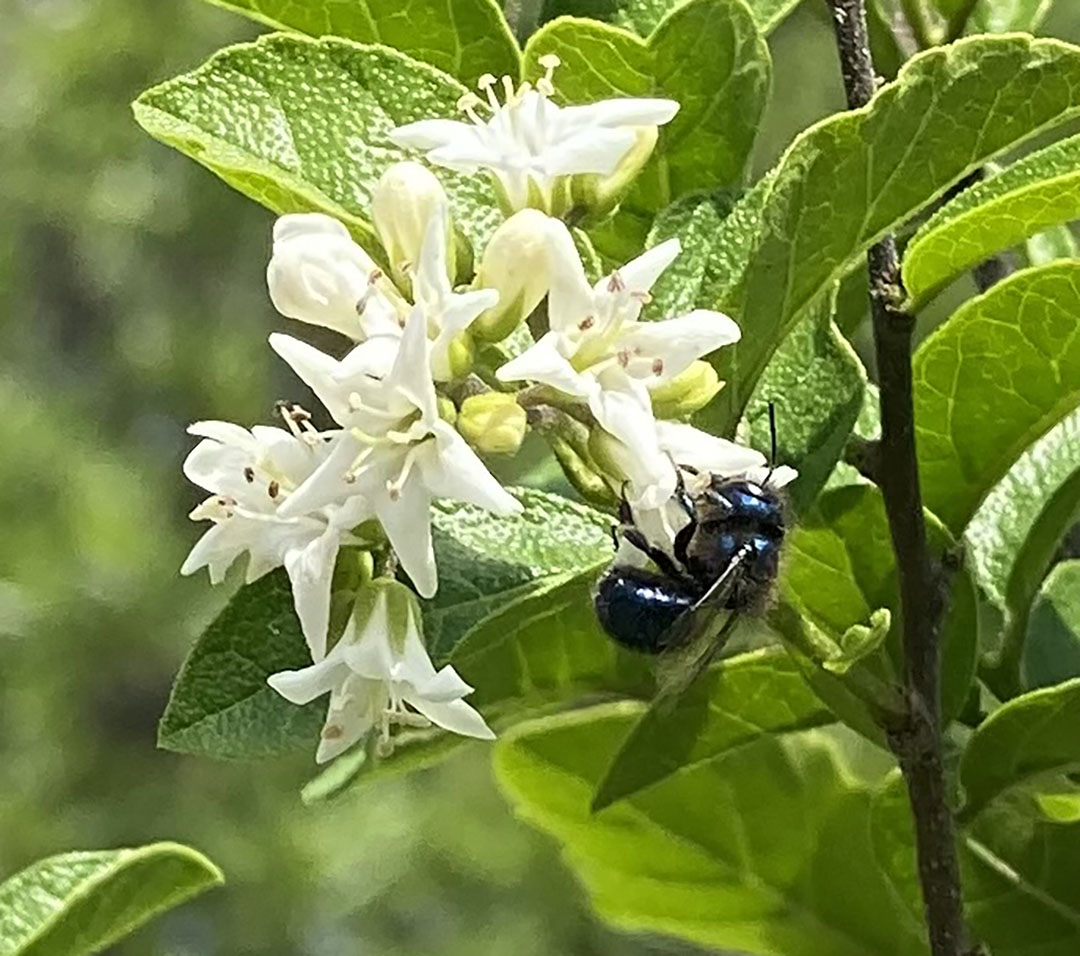
That includes Taylor Flanagan and her mom, big fans of CTG. I was thrilled to get Taylor’s email and pictures, this one featuring a blue orchard bee. “I love my garden and my little pond,” she wrote. “When things get hard (which feels like more and more often), I go out to my garden and find something that’s alive because of the choices that we’ve made on our little property. The decision to go pesticide free, to rewild where we can, and to choose native as often as possible has been so rewarding. Time with the flowers, bugs, birds, and fish has been a balm to me.”
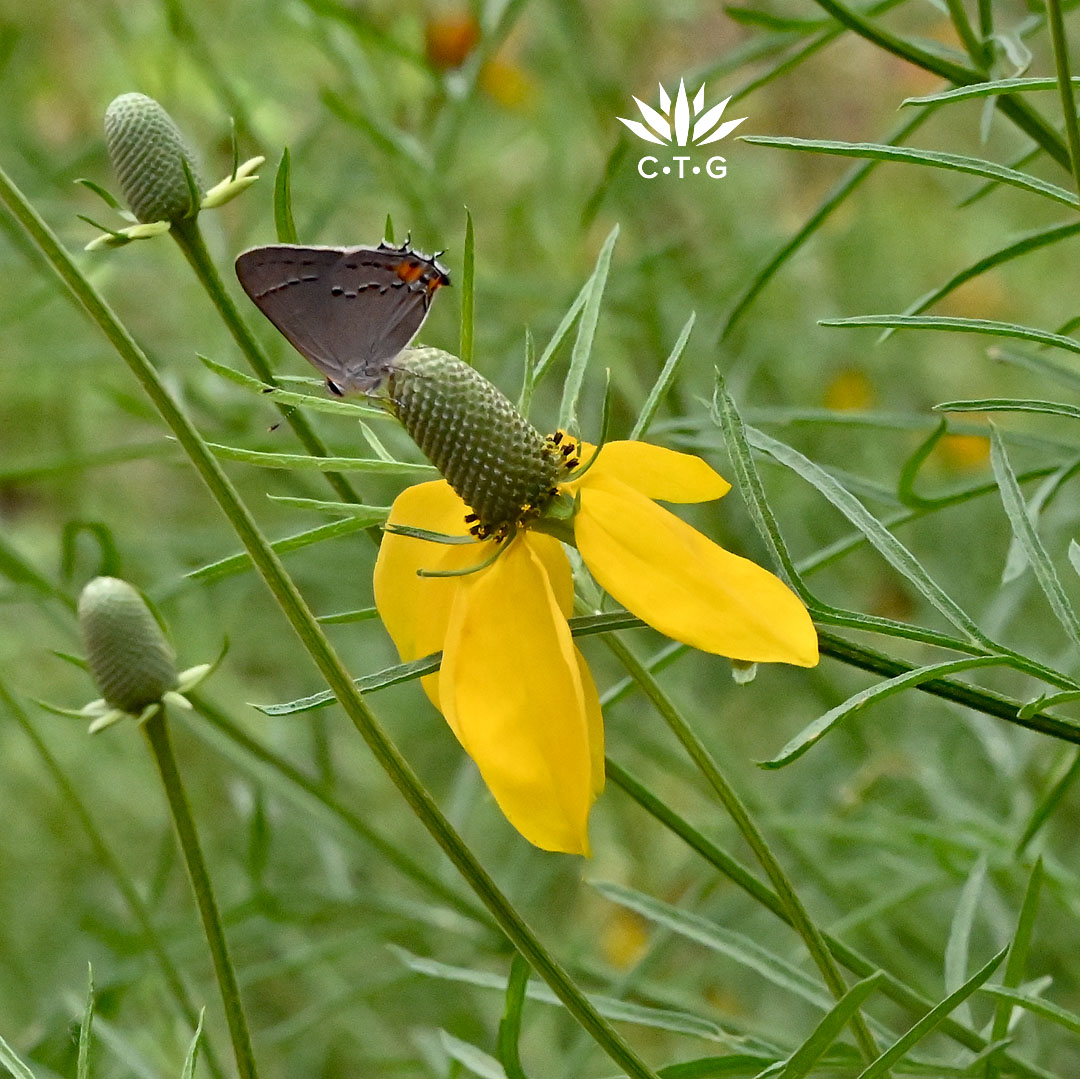
As we premiere this 30th season of Central Texas Gardener, we extend heartfelt thanks to our friends and sponsors, Lisa and Desi Rhoden, and to HEB, who help us travel this important path. Your belief in our vision impacts generations of gardeners to come.

And finally, this is my last missive to you! This blog–along with the computers on my former desk–and even that office–has evolved along with CTG’s mission. I thank you so much for coming along with me as I learned alongside you all. I’ve loved producing, writing, editing, and guiding CTG with a talented, passionate team, especially director Ed Fuentes and final editor Paul Sweeney, who I celebrate with all my heart. It’s been a true dream.
Love, Linda
tags:

